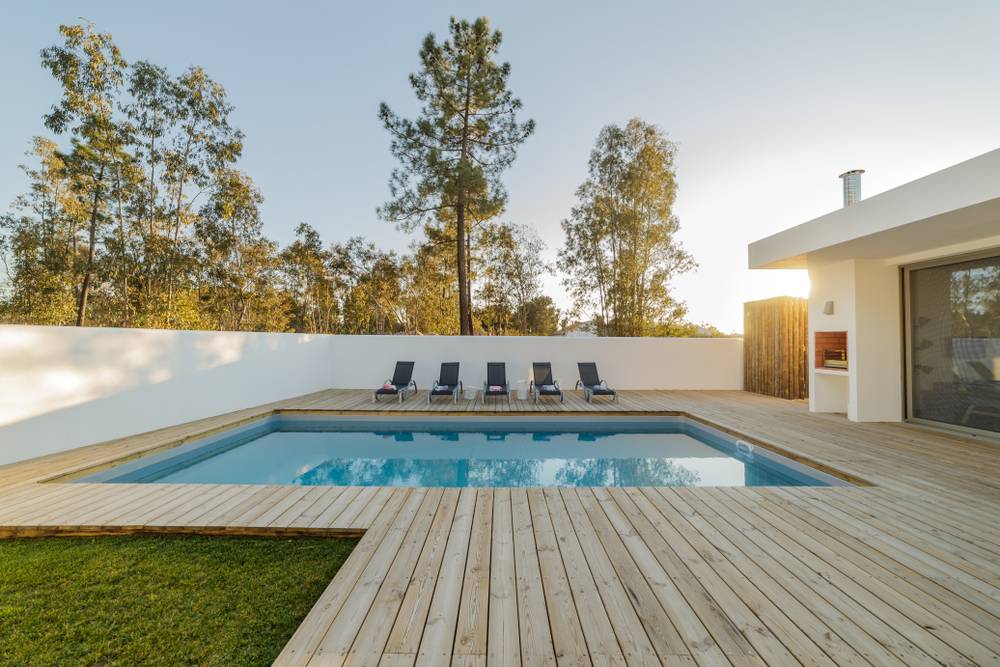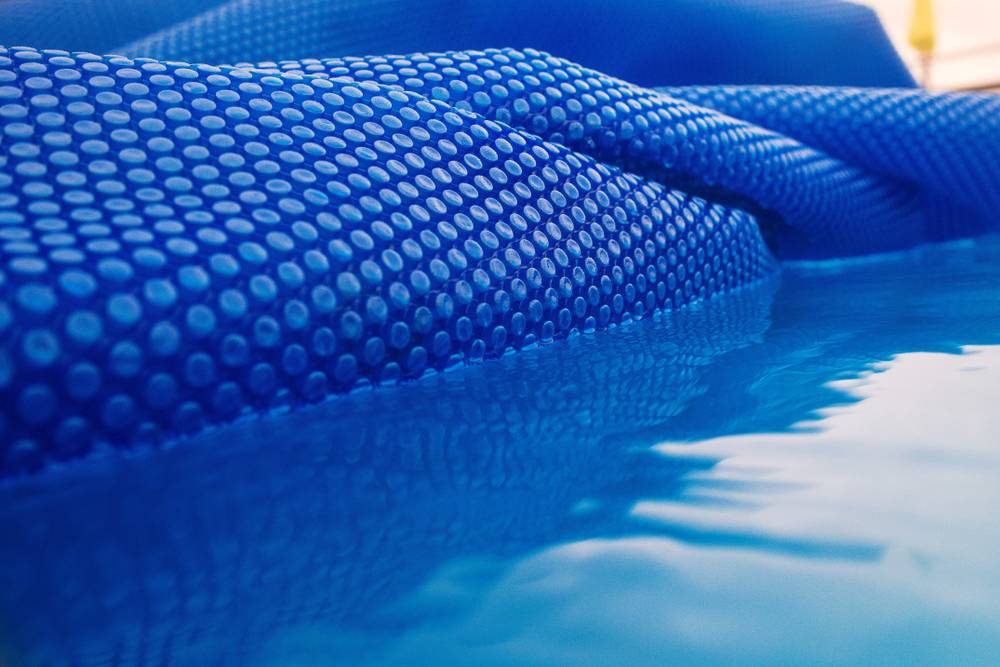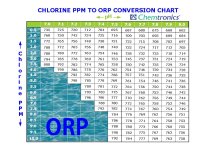Hey I have a zodiac salt water chlorinator and I am wanting to use my pool but am struggling to get everything in check. I have tested using my palin test kit.
Fc 4.2
Fc 4.3
Ph 7.2 and same on my zodiac sensor
TA 120
CYA 2
ORP 580
So I am in a bit of a spiral as my system at 580 keeps on producing chlorine as the lowest set point is 600…
However when I test the water chlorine seems a little high.
I calibrated the sensor and the replaced the sensor and same reading.
Can you help? I am so basic at all of this….
Cheer
Fc 4.2
Fc 4.3
Ph 7.2 and same on my zodiac sensor
TA 120
CYA 2
ORP 580
So I am in a bit of a spiral as my system at 580 keeps on producing chlorine as the lowest set point is 600…
However when I test the water chlorine seems a little high.
I calibrated the sensor and the replaced the sensor and same reading.
Can you help? I am so basic at all of this….
Cheer
Last edited:





